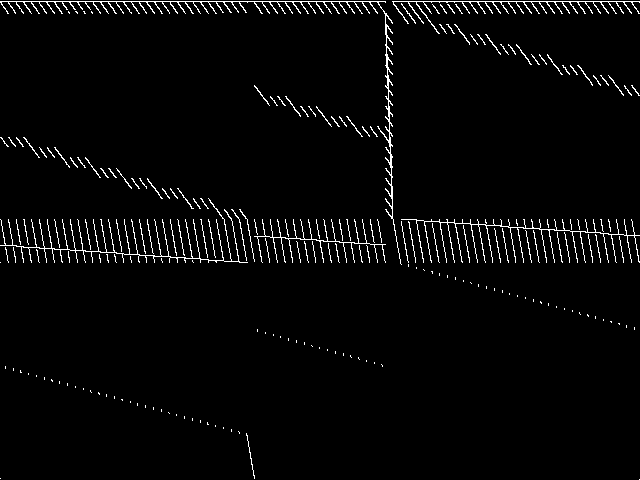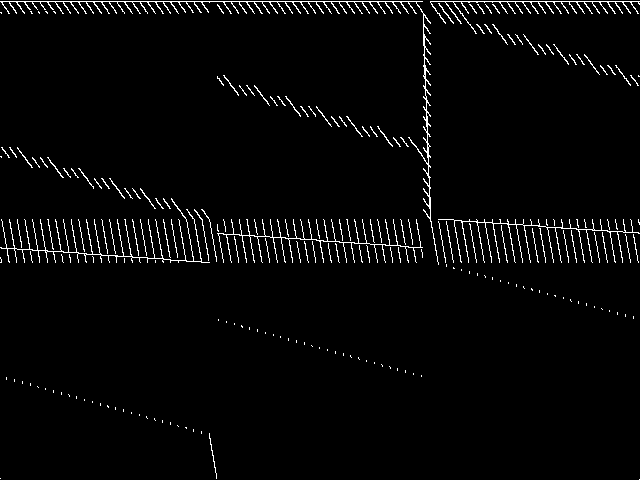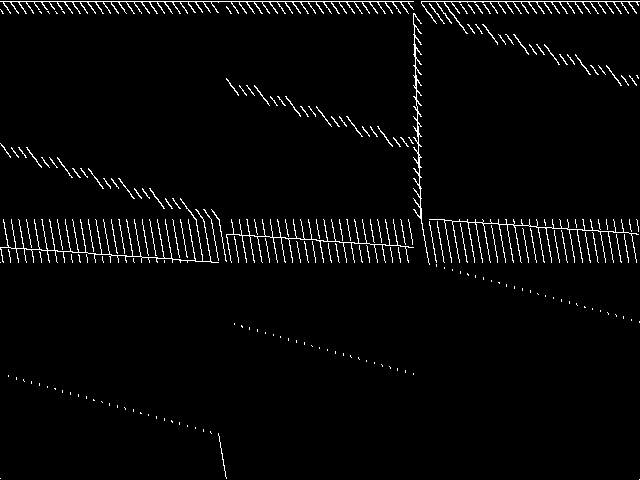×
![]()
swath
| Type: | Model Group |
| Submitter: | D. Panton |
| Description: | Model arising from the defense industry, involves planning missions for radar surveillance. John Forrest and Laszlo Ladanyi solved this model by reformulation in 1999. Alkis Vazacopoulos reports solving this model using XPRESS 2006B. |
Parent Model Group (swath)
All other model groups below were be compared against this "query" model group.  |
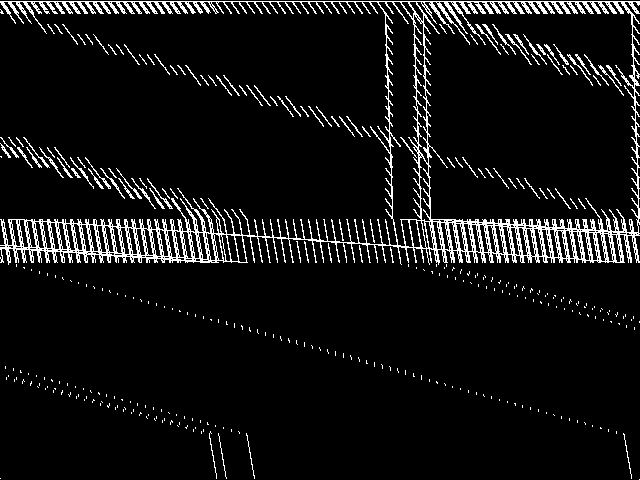 |
|
Model Group Composite (MGC) image
Composite of the decomposed CCM images for every instance in the query model group.
|
Component Instances (Decomposed)
These are the decomposed CCM images for each instance in the query model group.MIC Top 5 Model Groups
These are the 5 MGC images that are most similar to the MGC image for the query model group, according to the ISS metric.  |
FIXME - These are model group composite images.
|
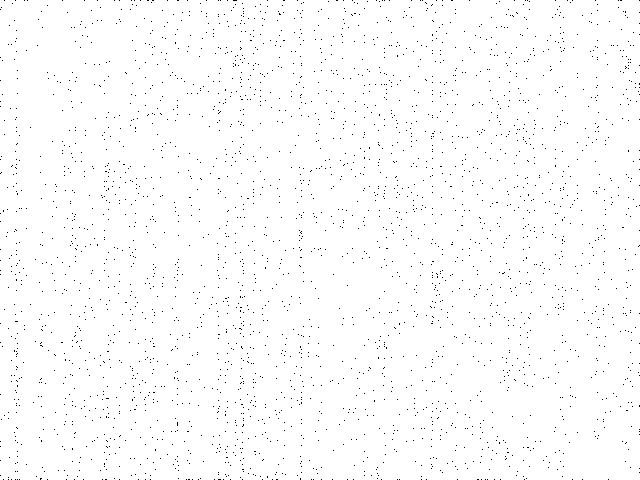 |
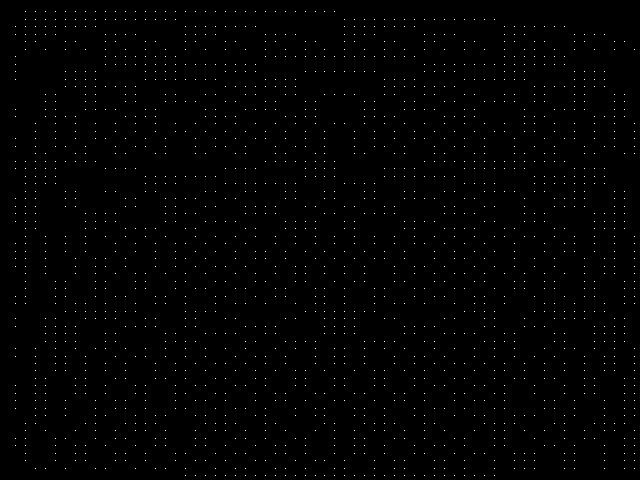 |
 |
 |
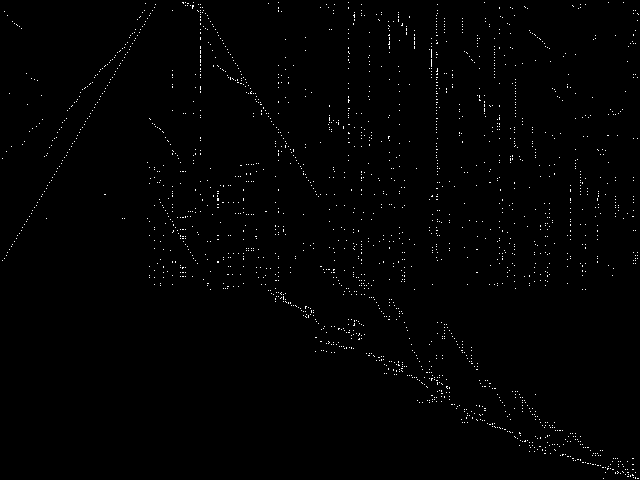 |
| Name | independentset | neos-pseudoapplication-21 | generated | scp | timtab | |
|
Rank / ISS
The image-based structural similarity (ISS) metric measures the Euclidean distance between the image-based feature vectors for the query model group and all other model groups. A smaller ISS value indicates greater similarity.
|
1 / 2.014 | 2 / 2.131 | 3 / 2.144 | 4 / 2.202 | 5 / 2.222 |
Model Group Summary
The table below contains summary information for swath, and for the five most similar model groups to swath according to the MIC.
| MODEL GROUP | SUBMITTER | DESCRIPTION | ISS | RANK | |
|---|---|---|---|---|---|
| Parent Model Group | swath | D. Panton | Model arising from the defense industry, involves planning missions for radar surveillance. John Forrest and Laszlo Ladanyi solved this model by reformulation in 1999. Alkis Vazacopoulos reports solving this model using XPRESS 2006B. | 0.000000 | - |
| MIC Top 5 | independentset | Toni Sorrell | These models are based on Neil Sloane's Challenge problems: Independent Sets in Graphs. | 2.013995 | 1 |
| neos-pseudoapplication-21 | NEOS Server Submission | Imported from the MIPLIB2010 submissions. | 2.130947 | 2 | |
| generated | Simon Bowly | Randomly generated integer and binary programming models. These results are part of an early phase of work aimed at generating diverse and challenging MIP models for experimental testing. We have aimed to produce small integer and binary programming models which are reasonably difficult to solve and have varied structure, eliciting a range of behaviour in state of the art algorithms. | 2.144015 | 3 | |
| scp | Shunji Umetani | This is a random test model generator for SCP using the scheme of the following paper, namely the column cost c[j] are integer randomly generated from [1,100]; every column covers at least one row; and every row is covered by at least two columns. see reference: E. Balas and A. Ho, Set covering algorithms using cutting planes, heuristics, and subgradient optimization: A computational study, Mathematical Programming, 12 (1980), 37-60. We have newly generated Classes I-N with the following parameter values, where each class has five models. We have also generated reduced models by a standard pricing method in the following paper: S. Umetani and M. Yagiura, Relaxation heuristics for the set covering problem, Journal of the Operations Research Society of Japan, 50 (2007), 350-375. You can obtain the model generator program from the following web site. https://sites.google.com/site/shunjiumetani/benchmark | 2.202219 | 4 | |
| timtab | C. Liebchen, R. Möhring | Public transport scheduling problem | 2.222329 | 5 |

